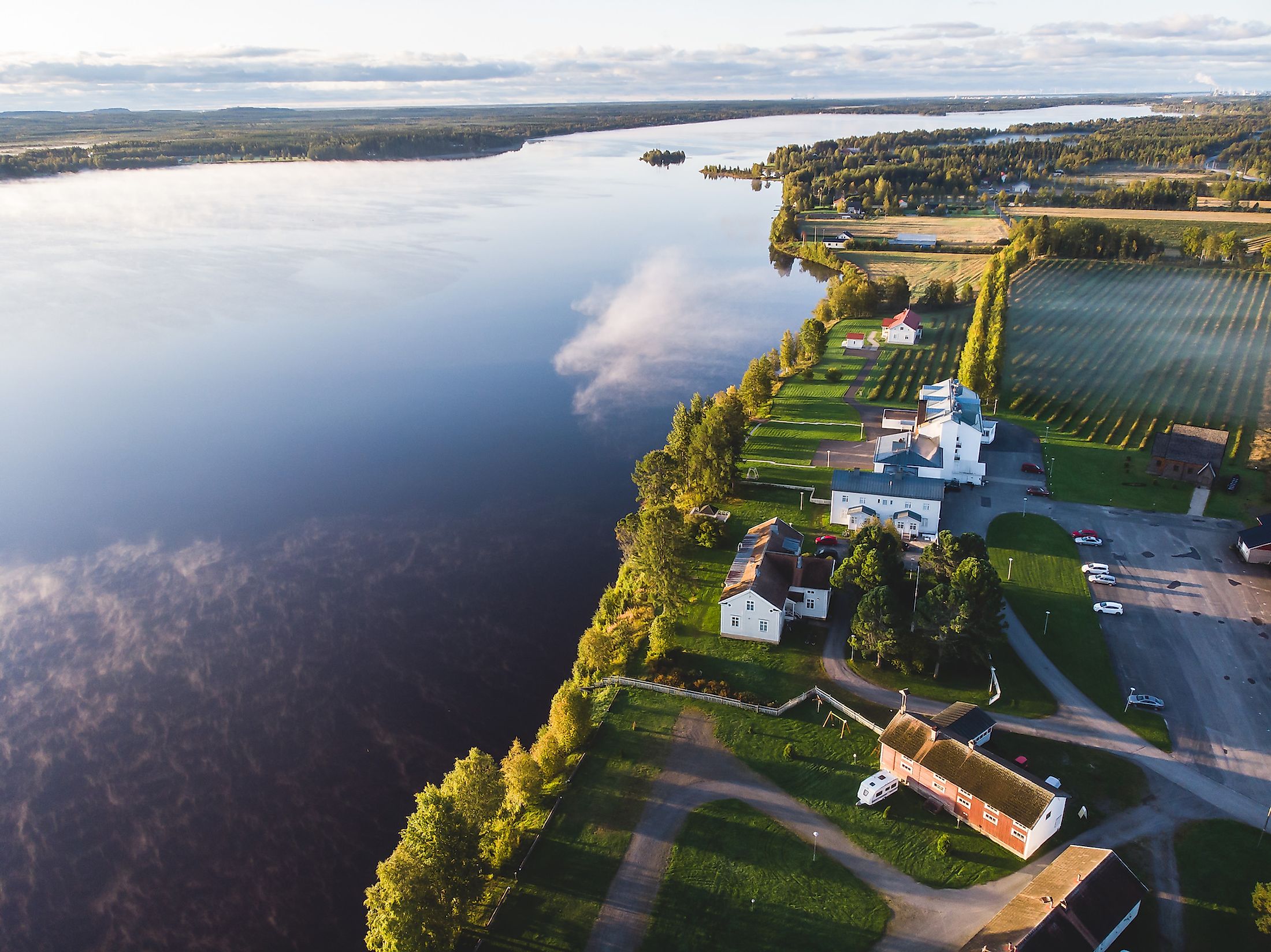
Kemi River
Known as Kemijoki in Finnish, the Kemi River is the longest river in Finland. Flowing southwest through the country, it covers a distance of around 340 miles. The river is intertwined with the country's ecosystem and economy in various ways. From facilitating hydroelectric power generation to providing great recreational areas for tourism, the river is of great importance to Finland.
Source And Course Of The Kemi River
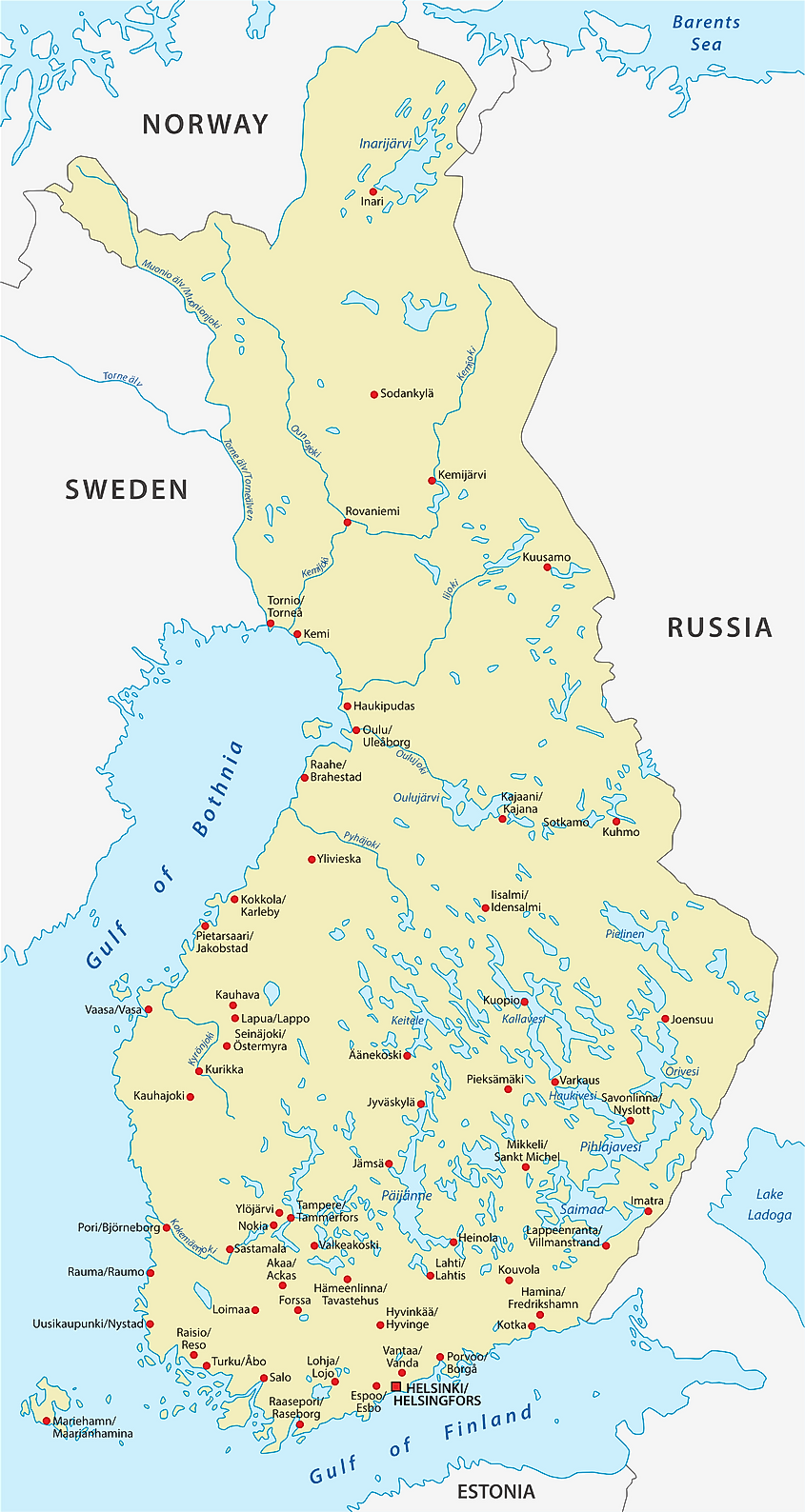
The Kemi River's journey begins just south of the Finland-Russia Border near the Kemihaara Wilderness Area. Along with various streams and waterways formed in the area, the Kemijoki begins moving southwest from near the border towards Central Finland. The river continues in this direction for about 124 mi (200 km), during which various tributaries join the river, and it grows in size and discharge. When it reaches the town of Savukoski, the Kemi River adopts a meandering path cutting through various communities such as Pelkosenniemi and Kemijärvi. Following this, the river through various lakes for about 12 mi (20 km) until it begins its final stretch to the coast. Continuing southwest for another 93 mi (150 km), the Kemijoki finally reaches its mouth at the Gulf of Bothnia near the town of Kemi. Throughout this journey, the Kemi River features an irregular path across a total distance of 340 mi (550 km).
Basin And Tributaries Of The Kemi River
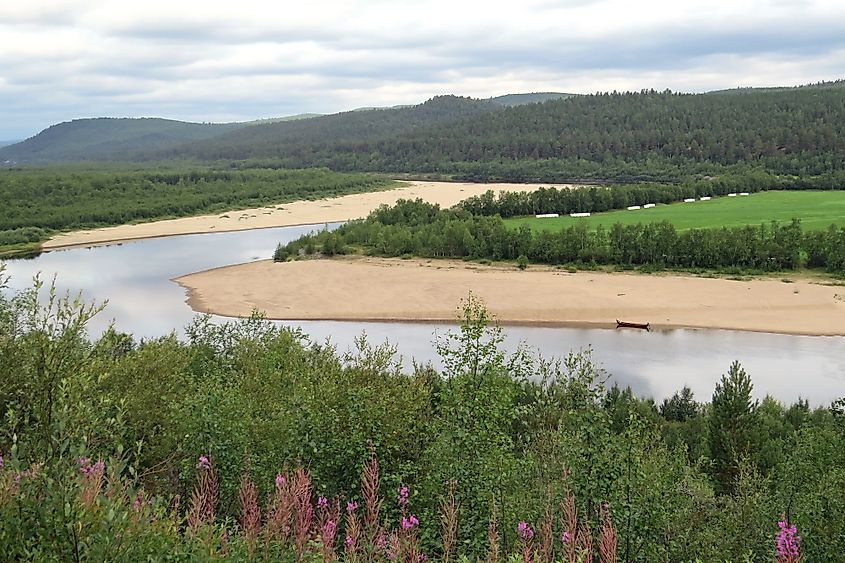
Some of the most prominent tributaries of the Kemi River are Ounasjoki, Kitinen, Luiro, Raudanjoki, and the Tenniöjoki. Among these, the Ounasjoki is the longest, covering 186 mi (300 km) through Finland. This river's confluence with the Kemijoki is at Rovaniemi, about 31 mi (50 km) before the Gulf of Bothnia. Due to its notable length and various tributaries, the Kemijoki also boasts a massive basin spanning a large part of north-central Finland. According to most estimates, the river's basin covers 19,691 sq. mi (51,000 sq. km), more than 15% of Finland's total area. Thus, the Kemijoki and its watershed has a major impact in Northern Europe.
Climate Of The Kemi River
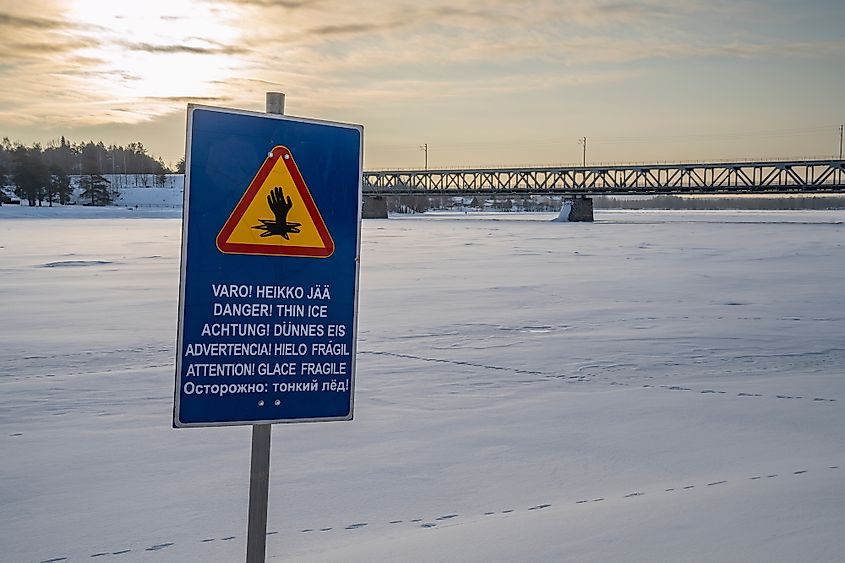
Like most of Finland, the Kemi River lies within a Subarctic (Dfc) climate zone according to the Koppen Climate Classification. This zone features cool temperatures and prominent precipitation throughout the year. Therefore, summers are quite mild, with average highs reaching 20.1°C (68.2°F) in the hottest month of July. Winters are much colder, and median temperatures can drop to −13.5°C (7.7°F) between December and February. In extreme cases, temperatures as low as −38.1°C (−36.6°F) have been recorded, so keeping a spare jacket on hand is advisable. The jacket will also be helpful to keep you safe from the 633 mm (24.9 inches) of precipitation the area gets each year. This is split between 300 mm of rainfall from May to October and 300 mm of snowfall during the rest of the year. All in all, the Kemi River has a cool and wet climate, so it's best to plan your visit during summertime!
Flora And Fauna In The Kemi River
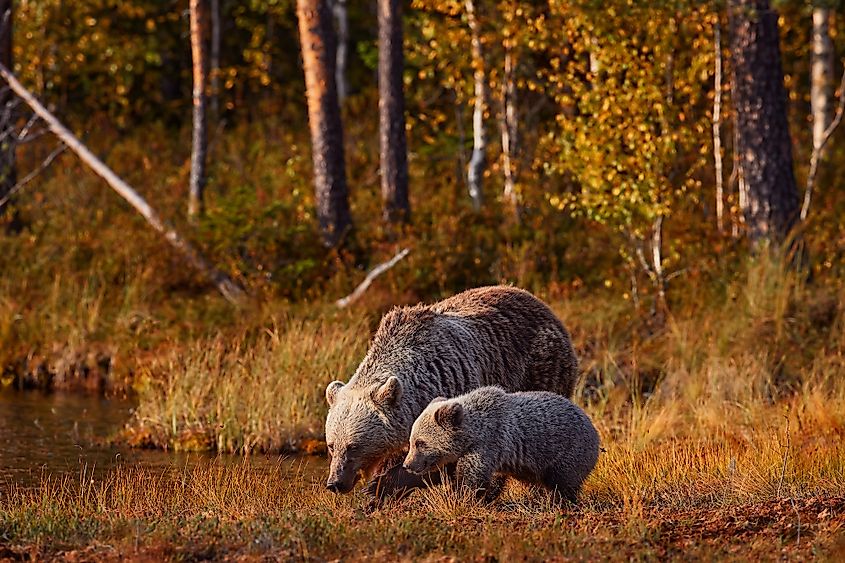
Throughout its course, the Kemi River flows through many wildlife preservation areas, such as Urho Kekkonen National Park and the Kemihaara Wilderness Area. These areas boast rich ecological diversity supported by the Kemijoki's constant supply of water. In terms of plant life, the Urho Kekkonen National Park alone is home to dozens of species of trees, bushes, flowers, and moss. For example, there are about 30 different species of mosses and shrubs, such as the crowberry (Empetrum nigrum) and Alpine bearberry (Arctous alpina). Abundant pine and spruce forests also cover large swathes of land along the river's banks.
In addition to plant life, animal life is just as diverse in the region. The Kemi River provides a habitat for many animals in its waters, banks, and surrounding areas. For example, many species of birds use the river as a water source, including the common redstart, brambling, and golden eagle. Large mammals also roam the area, so one should keep an eye out for brown bears, lynx, moose, and even foxes. The river is popular for fishing, with brook trout and salmon being some of the most common species swimming through the currents.
Economic Activities In The Kemi River
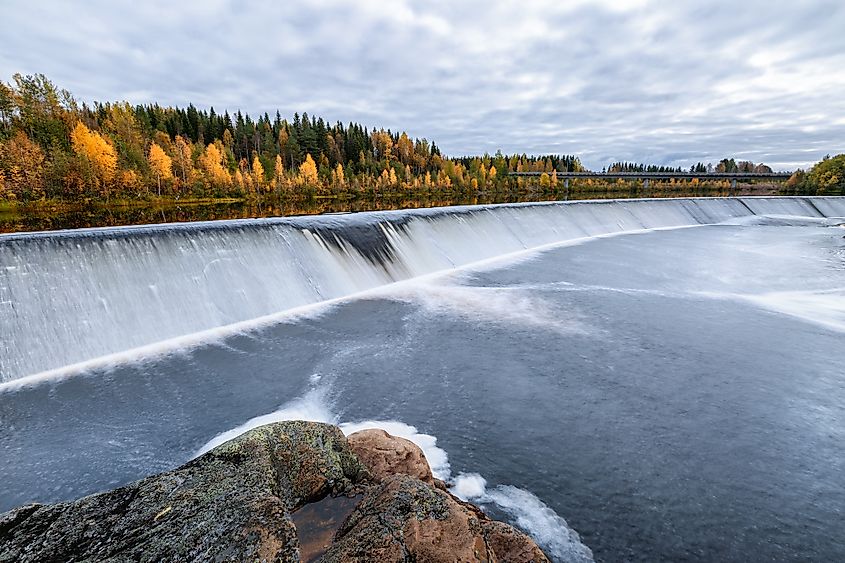
As Finland's longest river, many vital industries rely on the Kemi River's constant water flow and abundant wildlife. Among the most prominent is Finland's hydroelectricity industry, which supplies a massive amount of power to the country. Started in 1949 when the first hydroelectric plant was built on the river, there are now more than 20 plants spread across the Kemi River basin. This capacity alone accounts for about 35% of Finland's hydroelectric production, and there are plans to produce up to a dozen more plants. While this is great for powering the country's cities, towns, and factories, it has also caused notable damage to the river. Consequently, environmentalists are constantly debating whether to stop further use of the river and preserve its sanctity. Along with hydroelectricity, fishing is also popular in the Kemi River, and its non-native Brook trout are a fisher's favorite.
From its expansive length to its stunning tributaries, a lot makes the Kemi River special. The river, supporting rich ecosystems and massive industries, has a major impact on Finland and its economy. It is the lifeline of the many people who reside along its banks in towns and cities. It is also known for its beauty, attracting many tourists to the area all year round.











